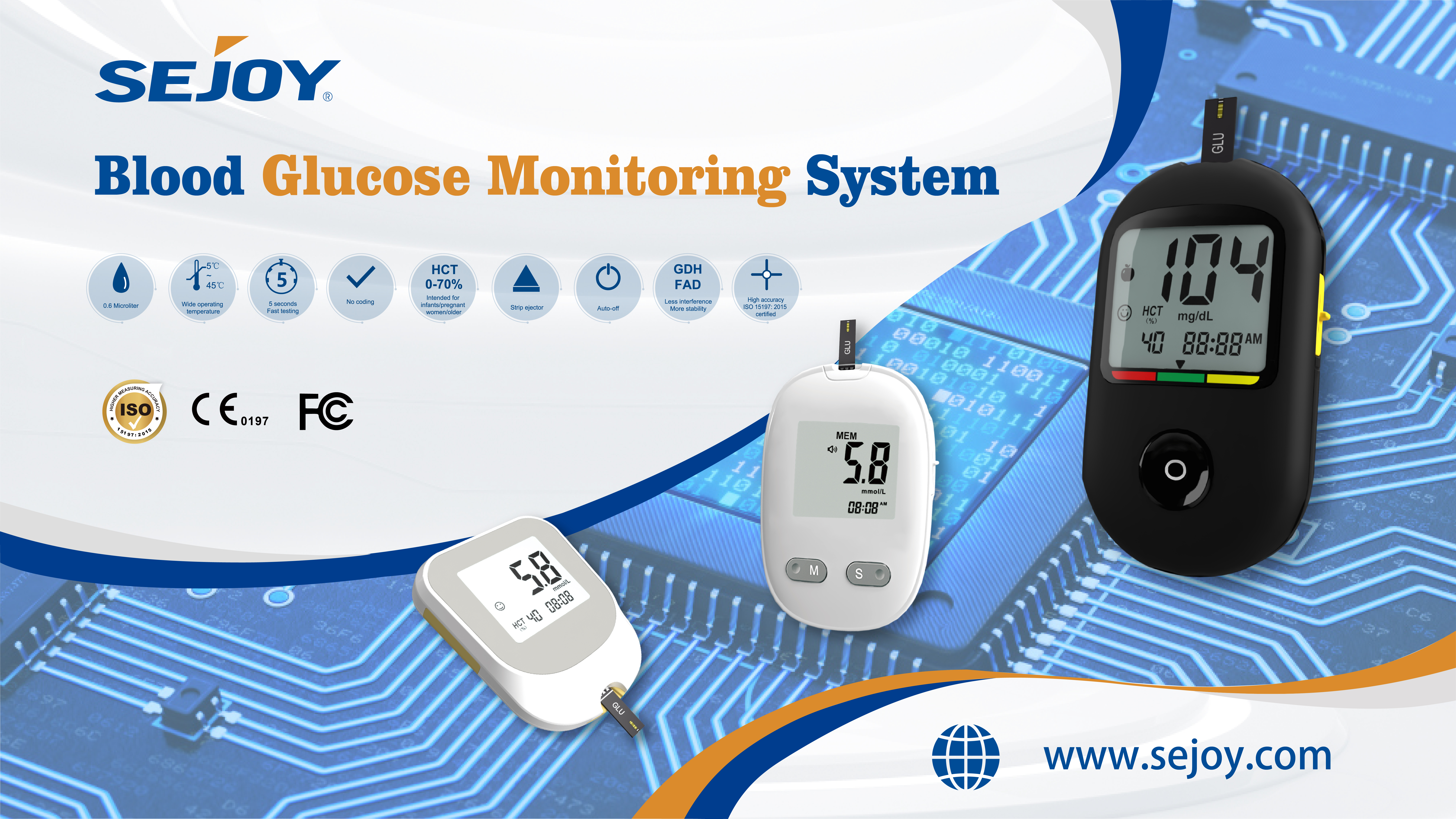Diabetes Mellitus Overview
Diabetes Mellitus is a chronic metabolic condition, characterised by insufficient production or utilisation of insulin which regulates glucose, or blood sugar. The number of people living with diabetes worldwide is increasing rapidly and is projected to grow from 463 million in 2019 to 700 million in 2045. LMICs shoulder a disproportionate and growing burden of disease, accounting for 79% of people living with diabetes (368 million) in 2019 and expecting to reach 83% (588 million) by 2045.
There are two main types of diabetes:
• Type 1 Diabetes Mellitus (type 1 diabetes): Characterised by an absence or insufficientamount of beta cells in the pancreas leading to the body’s lack of insulin production. type 1 diabetes develops more frequently in children and adolescents and accounts foran estimated nine million cases globally.
• Type 2 Diabetes Mellitus (type 2 diabetes): Characterised by the body’s inability to use the insulin produced. type 2 diabetes is most commonly diagnosed in adults and accounts for most cases of diabetes diagnoses worldwide.
Without functioning insulin, the body cannot convert glucose into energy, leading to raised glucose levels in the blood (known as ‘hyperglycemia’).Over time, hyperglycemia can cause debilitating damage, including cardiovascular disease, nerve damage (neuropathy), kidney damage (nephropathy), and vision loss/blindness (retinopathy). Given the body’s inability to regulate glucose, people living with diabetes who take insulin and/or some oral medicines, are also at risk of very low blood glucose levels (known as ‘hypoglycemia’) — which in severe cases can cause seizure, loss of consciousness, and even death. These complications can be delayed or even prevented by carefully managing glucose levels, including via glucose self-monitoring products.
Glucose Self-Monitoring Products
Glucose self-monitoring refers to the practice of individuals self-testing their glucose levels outside of health facilities. Glucose self-monitoring guides individuals’ decisions on treatment, nutrition, and physical activity, and is specifically used to (a) adjust insulin dosages; (b) ensure oral medication is adequately controlling glucose levels; and (c) monitor potential hypoglycemic or hyperglycemic incidents.
Glucose self-monitoring devices fall under two main product classes:
1. Self-monitoring of blood glucose meter, which have been in use since the 1980s, operate by pricking the skin with a disposable lancet and applying the blood sample to a disposable test strip, which is inserted into a portable reader (alternatively, called a meter) to produce a point-of-care reading on an individual’s blood glucose level.
2. Continuous glucose monitor systems first emerged as a standalone alternative to SMBG in 2016, and operate by burrowing a semi-permanent microneedle sensor under the skin which conducts readings that a transmitter sends wirelessly to a portable meter (or a smartphone) that displays average glucose readings every 1-5 minutes as well as glucose trend data. There are two types of CGM: real-time and intermittently scanned (also known as flash glucose monitoring (FGM) devices). While both products provide glucose levels over a range of time, FGM devices require users to purposefully scan the sensor to receive glucose readings(including readings performed by the device during the scans), while real-time Continuous blood glucose monitor systems automatically and continuously provide glucose readings.
Post time: Jun-16-2023


